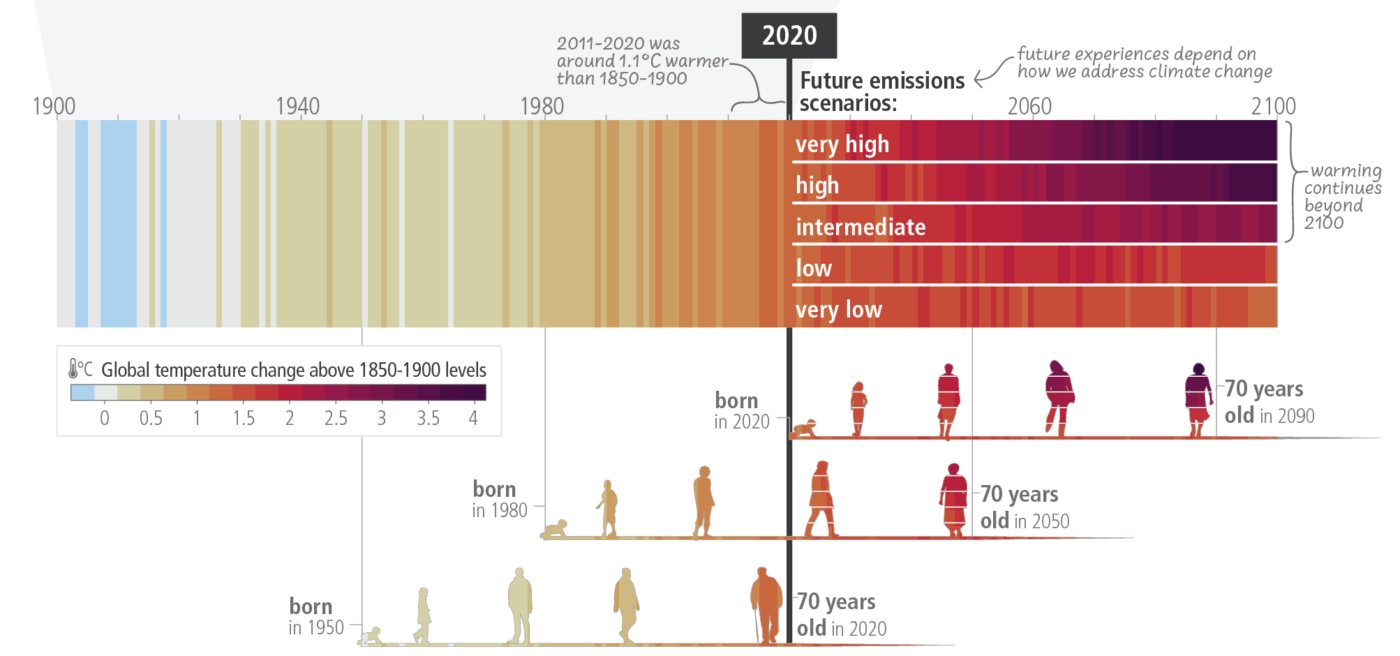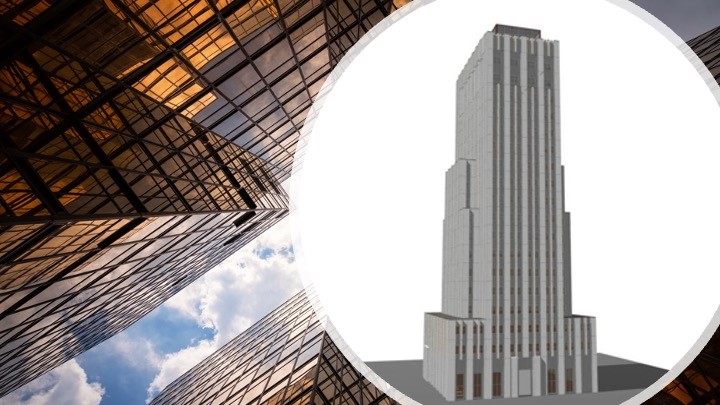New IPCC Report: A Survival Guide for Humanity

The new IPCC report is “a survival guide for humanity” says UN Chief Antonio Guterres. The latest IPCC report message is clear: we’re running out of time to secure a sustainable future for everyone. The report says that clean energy and technology [like DesignBuilder] can be exploited to avoid the growing climate disaster. Here are some of the other key takeaways:
Climate change is already causing widespread damage, globally affecting both people and nature.
Without significant action, global warming is likely to reach 1.5°C by 2030-2035, with current policies putting us on track for a 3.2°C increase by 2100.
We need to cut emissions by at least 43% by 2030 and 60% by 2035 to stay within the 1.5°C limit.
The poorest and most vulnerable communities will be hit hardest by the impacts of climate change, creating more poverty and inequality.
To achieve ambitious climate action and resilient development we must prioritise equity, social justice, and just transition processes.
Public and private finance for fossil fuels still far exceeds funding for climate adaptation and mitigation, and we need a substantial reduction in overall fossil fuel use.
To achieve net-zero CO2 emissions, we need energy conservation and efficiency, minimal use of unabated fossil fuels, carbon capture and storage, and greater integration across the energy system.
The IPCC report highlights the urgent need for action to protect our planet and ensure a liveable future for all. We are proud to be working with you to reduce carbon emissions and improve comfort in new and existing buildings. Together we are making a significant contribution to climate change.
Case Study: Performance Modelling for a LEED-Certified Building

St. Albert’s Place, an apartment project in Mbuya, Kampala, is among the first in Uganda to work towards LEED Gold Certification for sustainable design and engineering. The project aims to achieve all points in the Optimise Energy Performance and Renewable Energy Production categories. Eren Bastanoglu, a green building consultant specialising in LEED certification and energy modelling, carried out the energy assessments using DesignBuilder, which has all the capabilities required for ASHRAE 90.1 Appendix G PRM analysis.
The design includes large operable windows with low solar coefficients for cross ventilation, extensive shading devices, bathroom exhaust fans, LED lamps, and multiple controls. One important outcome of the study was to identify and recommend the optimal size and orientation of the PV system and its battery storage capacity. The design performs 75% better than the ASHRAE 90.1 baseline and achieves the maximum 21 points. The project demonstrates the potential for housing projects in equatorial regions to incorporate sustainable design and engineering practices. Further details including analysis results can be found here.
Top Tip: Efficient Modelling of Large Buildings with DesignBuilder

There are various techniques you can use to speed up the modelling process and simulations for large buildings in DesignBuilder.
A general rule is that the larger and more complex the model, the slower the simulations run. You can significantly reduce simulation times by reducing the number of zones (using the zone multiplier or lumping similar zones together), reducing the number of windows (using the Lump similar windows on surface option), and reducing the number of surfaces (by simplifying block perimeters) which are all described in detail in the Program help.
Other useful techniques include reducing the amount of output data requested, reducing the number of timesteps per hour and using a simulation server such as the one provided by JESS.
This Top Tip doesn’t attempt to explain the details of the various time-saving techniques available. We recommend that you view our Working With Large Models help article for the full range of tips and techniques you can apply to significantly speed up simulations, and help you to improve the efficiency of your energy modelling projects. These techniques can be combined to give you a significant productivity boost.





